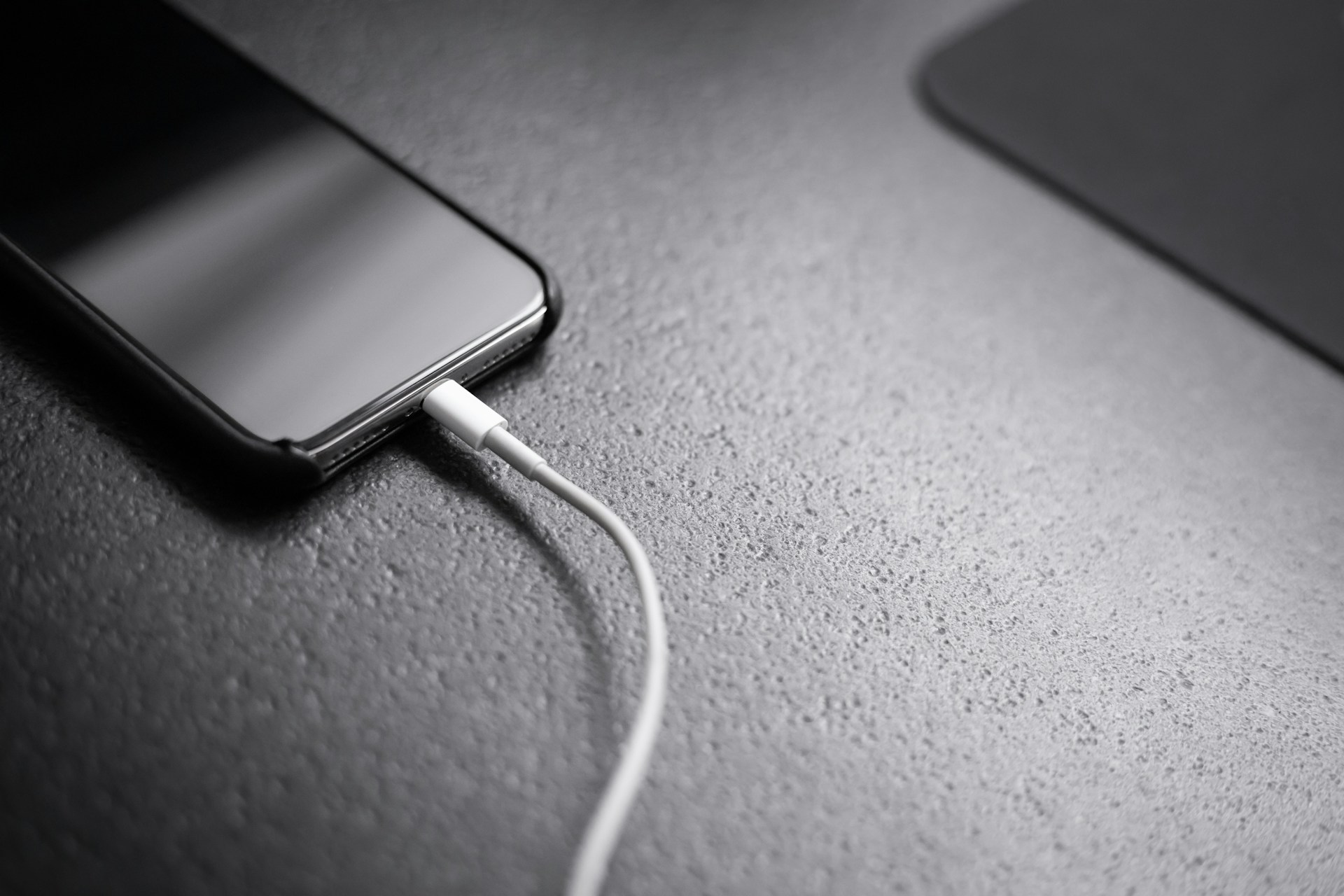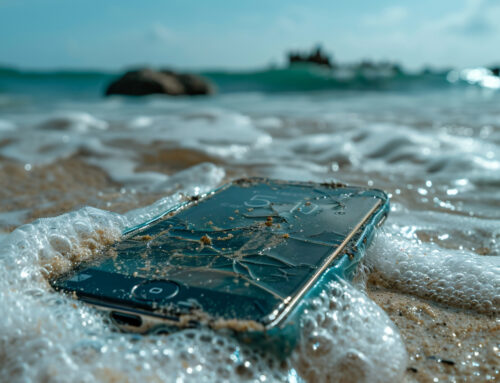Few things are as frustrating as plugging in your mobile phone, only to find that it won’t charge. Whether you need your phone for work, communication, or entertainment, a non-charging device can quickly become a significant issue. Knowing how to troubleshoot and resolve this problem can save you time and prevent unnecessary stress.
One of the first things to check when your phone won’t charge is the charging cable and adapter. Sometimes, a faulty cable or adapter is the simplest explanation. Inspecting these components for any visible damage or trying another set may solve the issue without much effort.
Another common culprit is the charging port on your phone. Over time, dust, lint, and debris can accumulate in the port, preventing a proper connection. Cleaning the charging port carefully can often restore the charging capability of your phone.
Sometimes, the problem isn’t hardware-related but rather a software issue. Checking for software updates or restarting your phone in safe mode might help identify and fix the charging problem.
If none of these solutions work, it may be time to perform a battery health check. Your phone’s battery might be aging and losing its ability to hold a charge. Assessing the battery health and considering a replacement can extend the life of your device and ensure it charges properly.
In this article, we’ll walk you through these simple solutions to help you get your phone charging again. By following these steps, you’ll be able to troubleshoot and fix the issue quickly and efficiently.
Inspect the Charging Cable and Adapter
One of the simplest and most common reasons for a mobile phone not charging is a faulty charging cable or adapter. Cables can get frayed, bent, or broken, leading to a poor connection that stops your phone from charging.
Closely inspect the charging cable. Look for any visible signs of damage, such as frays or exposed wires. If you see any damage, it’s likely time to replace the cable. Try using a different charging cable that you know works with another device. If your phone starts charging with the new cable, then the original cable was indeed the problem.
Then, check the charging adapter. Similar to the cable, examine the adapter for any signs of physical damage like cracks or loose parts. You can also test the adapter by plugging it into a different device. If it doesn’t work with the other device either, then the adapter may need to be replaced.
Also, try using a different power source. Plug the charger into a different wall socket or a USB port on a computer. Sometimes, the issue could be with the power source rather than the charging components.
By ruling out the charging cable and adapter, you can quickly determine if they are the reason your phone isn’t charging and take appropriate action to replace or repair them.
Clean the Charging Port
Sometimes, the reason your phone won’t charge is due to debris in the charging port. Dust, lint, and other small particles can accumulate over time and block the connection between the charging cable and the port.
First, take a good look at your phone’s charging port. Shine a light into the port to see if you can spot any dirt or debris. If you see anything inside, proceed with caution to clean it out.
Use these steps to safely clean the charging port:
- Turn off your phone to avoid any accidental damage.
- Gently insert a small, dry brush or a toothpick into the port to dislodge any debris. Be careful not to damage the port or push the debris further inside.
- Alternatively, use a can of compressed air to blow out any particles. Hold the can upright and spray short bursts to avoid moisture entering the port.
After cleaning, try plugging in the charger again. If the phone starts charging, the debris was likely the culprit. Regularly cleaning your phone’s charging port can prevent this problem from happening in the future.
Ensuring the charging port is free of debris can often quickly fix the issue of your phone not charging and save you a trip to the repair shop.
Check for Software Issues
Sometimes, the reason your phone won’t charge is due to software problems rather than hardware issues. Bugs in the system, outdated software, or even certain apps can cause charging problems.
First, restart your phone. This simple step can sometimes resolve minor software glitches. Press and hold the power button, then select “Restart” or power off and turn it back on.
Next, check for any available software updates:
- Go to your phone’s “Settings”.
- Look for “System” or “Software Update”.
- Follow the prompts to check for updates and install them if available.
Also, consider restarting your phone in safe mode. Safe mode disables third-party apps and can help you determine if a specific app is causing the charging issue. To boot into safe mode, press and hold the power button until the power off option appears, then press and hold “Power Off” until you see the safe mode prompt. Test your phone’s charging while in safe mode. If it charges, an app might be causing the problem. Uninstall recently downloaded apps one by one to find the culprit.
Finally, reset your phone settings. This won’t delete your data, but it will reset system settings to default, which can resolve software issues:
- Go to “Settings”.
- Tap “General Management” or “System”.
- Select “Reset” and then “Reset All Settings”.
Performing these steps can often fix charging problems related to software issues, ensuring your phone charges properly again.
Perform a Battery Health Check and Replacement
When all else fails, the issue might lie with the phone’s battery itself. Batteries degrade over time, losing their ability to hold a charge efficiently. Checking the battery’s health can determine if it’s time for a replacement.
To check your battery health:
1. For iPhones: Go to “Settings”, select “Battery”, and then “Battery Health”. You’ll see the battery’s maximum capacity and whether it needs servicing.
2. For Android phones: Go to “Settings”, select “Battery”, and look for an option like “Battery Usage” or “Battery Health”. Some Android phones might require a third-party app like AccuBattery to check detailed battery health.
Look for signs of a failing battery, such as:
1. Swelling: If the phone’s back case is bulging, it could indicate a swollen battery.
2. Reduced battery life: If the phone dies quickly even after a full charge, the battery could be failing.
3. Overheating: Excessive heat while charging or using the phone can signal a battery problem.
If you identify any battery issues, it’s best to consider a replacement. You can replace the battery yourself if you feel comfortable, but it’s often safer and more efficient to have it professionally done.
If your phone still doesn’t charge and you’re unsure about what to do, you might need expert help to address battery issues.
Conclusion
Dealing with a phone that won’t charge can be frustrating, but many solutions can help you identify and fix the issue. Start by inspecting the charging cable and adapter for any damage and replace them if needed. Cleaning the charging port can also help ensure a proper connection. Checking for software issues might uncover bugs or outdated software causing the charge problem. Finally, perform a battery health check to see if the battery needs replacement.
If you’ve gone through these steps and your phone still won’t charge, it might be time to seek professional help. At Forest City Computer Repairs, our skilled phone and desktop computer repair technicians are ready to diagnose and fix your device issues. Contact Forest City Computer Repairs today and get your phone back in working order!



